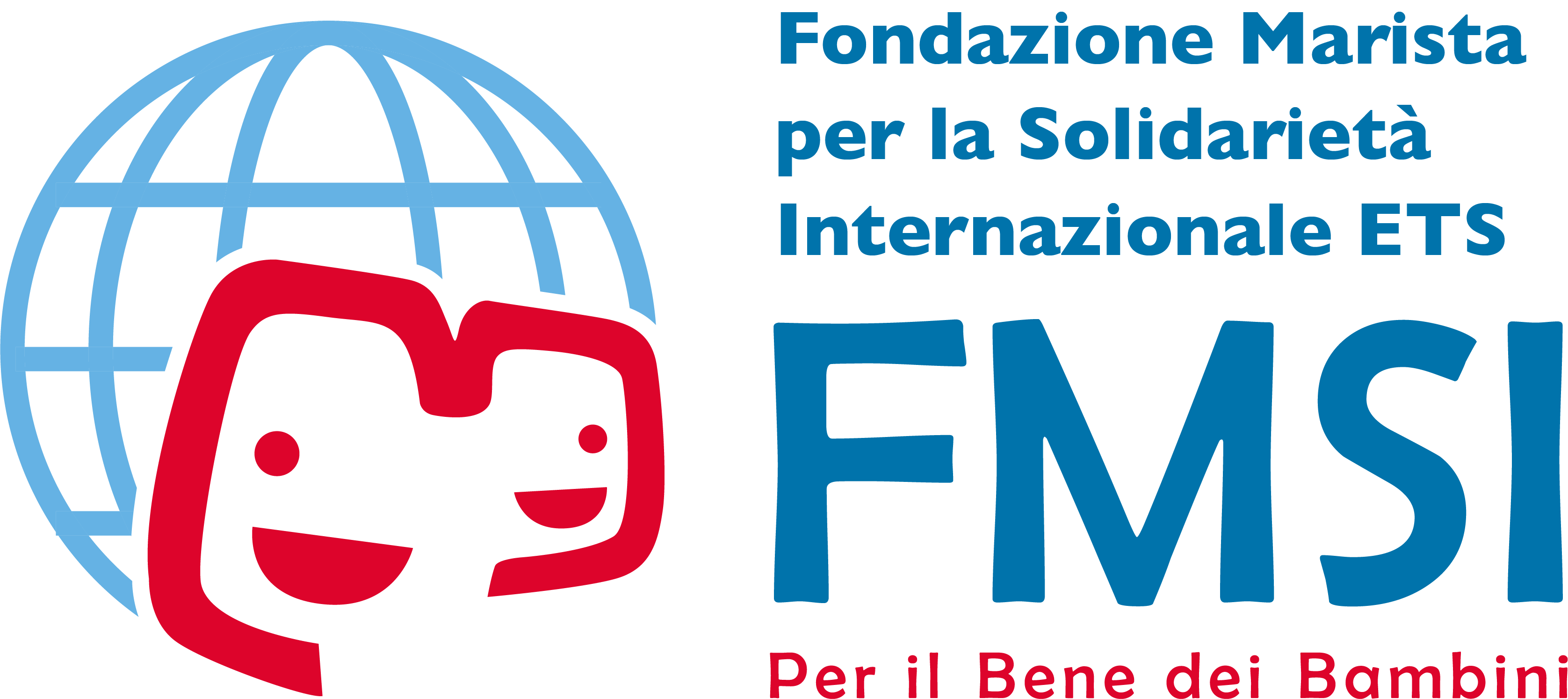When East Timor voted overwhelmingly for independence in 1999, the Indonesian military perpetuated unprecedented violence: thousands of people were executed while over 200,000 were forcibly repatriated to Indonesia. Infrastructure was intentionally destroyed by the fleeing military as part of their ‘scorched earth policy’, with up to 70 per cent of the national infrastructure being demolished, including public buildings, the electricity grid, and irrigation and drinking water systems. The education sector suffered crippling damage with 80% of schools completely destroyed and 90% of the remaining schools damaged, leaving almost all books and materials burnt or stolen. Within the population were the same teachers who had been transferred to East Timor to aid the ‘Indonesianisation’ process. This mass departure resulted in the loss of almost 20% of primary school teachers and 90% of secondary school teachers, which accelerated the collapse of the education system. As a result of this deliberate mass destruction, the schools that survive these times are damaged beyond repair, crumbling as the years go by, and students continue to learn in hollowed-out shells and buildings with collapsing roofs.
AIM OF THE PROJECT:
This is the context for our project, which aimed to help strengthen the quality of education by improving teaching and learning conditions in the district of Quelicai, East Timor. A new school building was constructed for the St Terezinha Primary School, which has six classrooms, staff room, main classroom, bathrooms and storage room. The beneficiaries of this project are 184 students on an annual basis.
THE PROJECT IN BRIEF:
The project involved the reconstruction of the St Terezinha school, the only Catholic school in Quelicai where the children attending it all come from the surrounding areas and are located on Diocesan land.
THE PROJECT IN NUMBERS:
1 new school building for the St Terezinha primary school consisting of:
6 classrooms, including a teachers’ room, headmaster’s room, toilets and storage room.
The direct beneficiaries of this project will be 184 children and their families indirectly.

